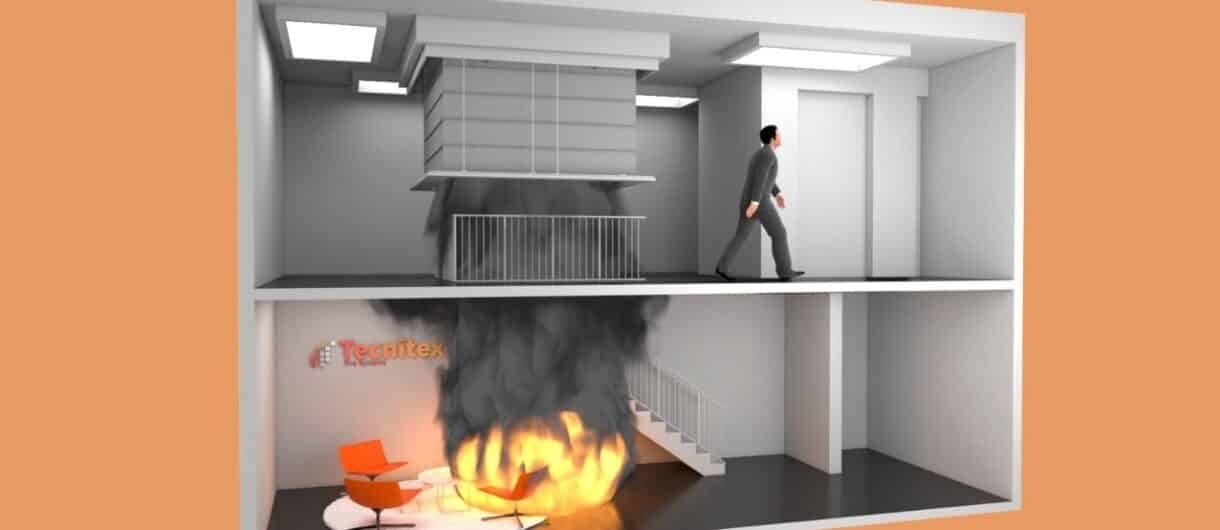
Fire sectors in buildings: what are they and what is their purpose?
A fire sector is an area of the building that is separated from the rest by various construction elements that have the function of restricting and stopping fires from passing to other areas. Fire sectorization is one of the most widely used methods to prevent fires from spreading throughout buildings.
In this article, we will talk about the requirements that fire sectors must meet, what their purpose and benefits are, and we will also see some examples of fire sectors.
Fire sector requirements
According to the Basic Document on Fire Safety in the Technical Building Code, fire sectors must have the following characteristics:
- The components that make up the sector, such as doors, curtains or walls, must stably resist fire for a certain period. Depending on the type of use, this will be 60, 120 or up to 180 minutes.
- Between one sector and another, all the elements must resist the fire for a set time. Not only the walls, ceilings or doors but also the floors of the facilities.
- The fire resistance of the different elements must be such that high temperatures and flammable gases do not pass through to the side not exposed to fire.
- Dividing elements, such as doors, must remain closed and, for this purpose, they must have the necessary technology installed to prevent them from remaining open.
The basics of sectorization
Spanish regulations require that the structure of each type of building have a certain degree of fire resistance. Therefore, at a minimum, all the components of the sectorization must meet the same resistance requirement as the building.
Benefits of fire sectorization
Fire sectors can save the lives of building occupants and have two great benefits:
- Minimization of damage. Each sector is equipped with everything necessary to prevent the fire from spreading to other areas. This prevents further harm to people and damage to objects.
- Reduction of costs caused by the fire. Since the fire is confined to one area, the cost of the damage caused will be lower than if it spread throughout the building.
An example of fire sectorization
The importance of fire sectorization is much easier to understand if we bear in mind that 62% of deaths by fire did not occur in the room on fire, but in other areas of the building.
If we are inside a room that is 5 meters long, wide and high, and a fire breaks out in the next room, there are two options:
- If the building is divided into sectors, the fire will not pass through the walls and we will be able to leave through an escape route.
- If the building is not divided into sectors and there is a hole only one centimeter in diameter between one room and the other, in just three minutes our room will be completely filled with smoke and toxic gases.
Sectorization prevents smoke, gases, heat and the fire itself from being transferred from areas on fire to safe ones.
Fire sectorization systems
There are many fire sectorization systems, such as smoke barriers, seals and enclosures.
They each have their advantages and can be combined to provide improved fire protection. Among the most common are fire doors and curtains.
If you want advice about the best system for installing fire sectors in a building, ask our experts.